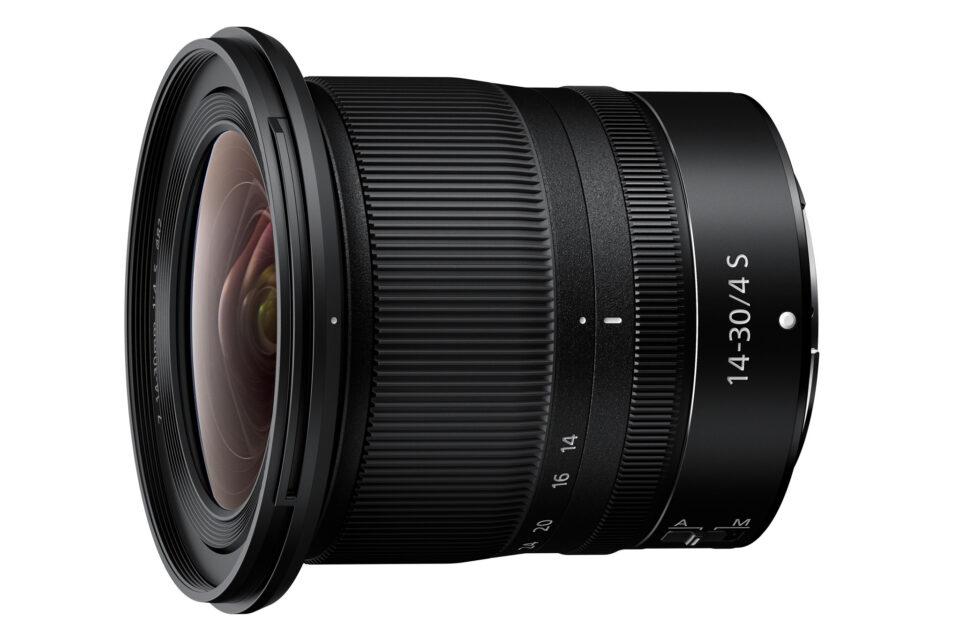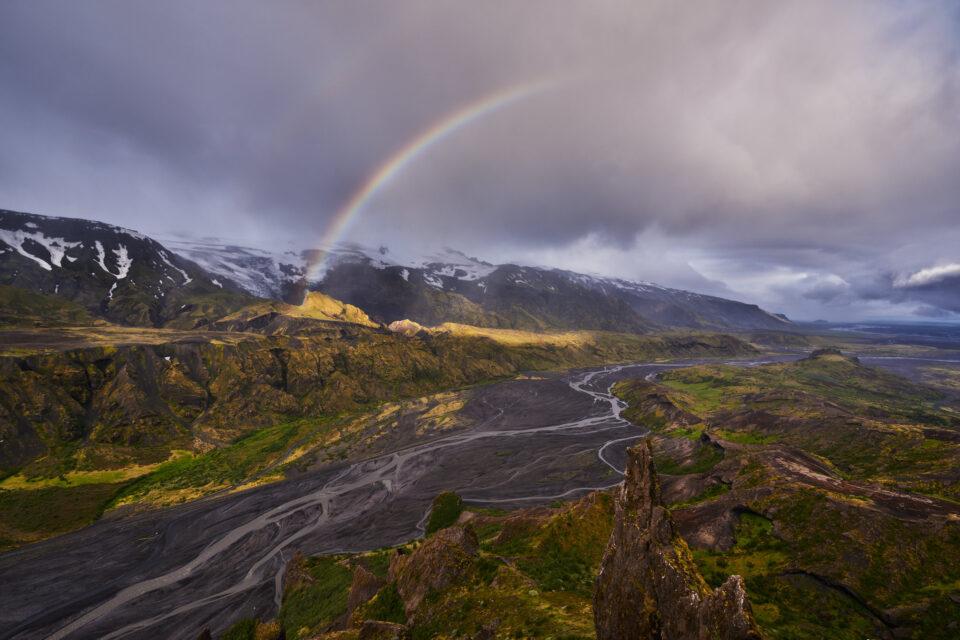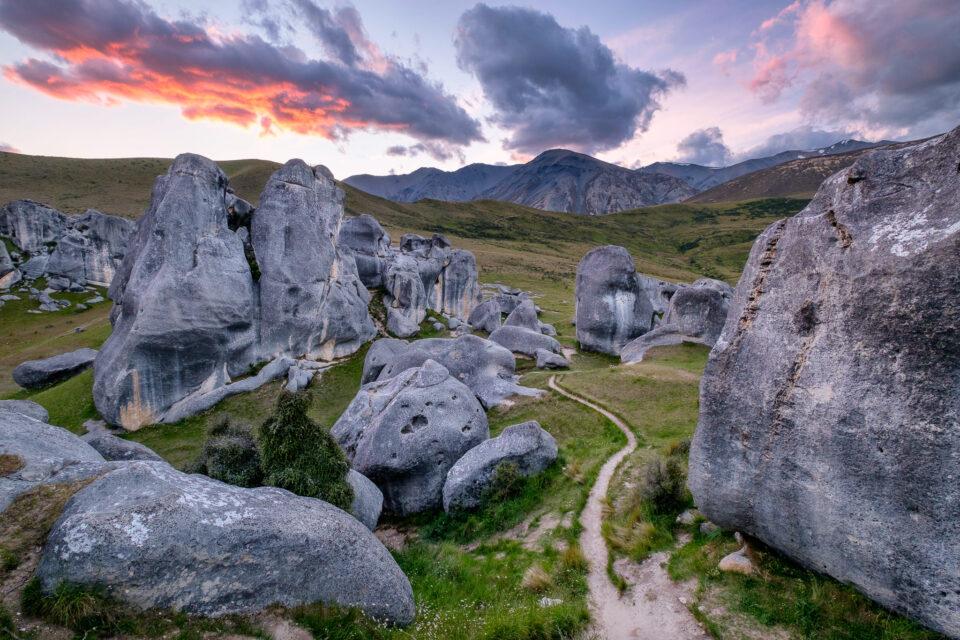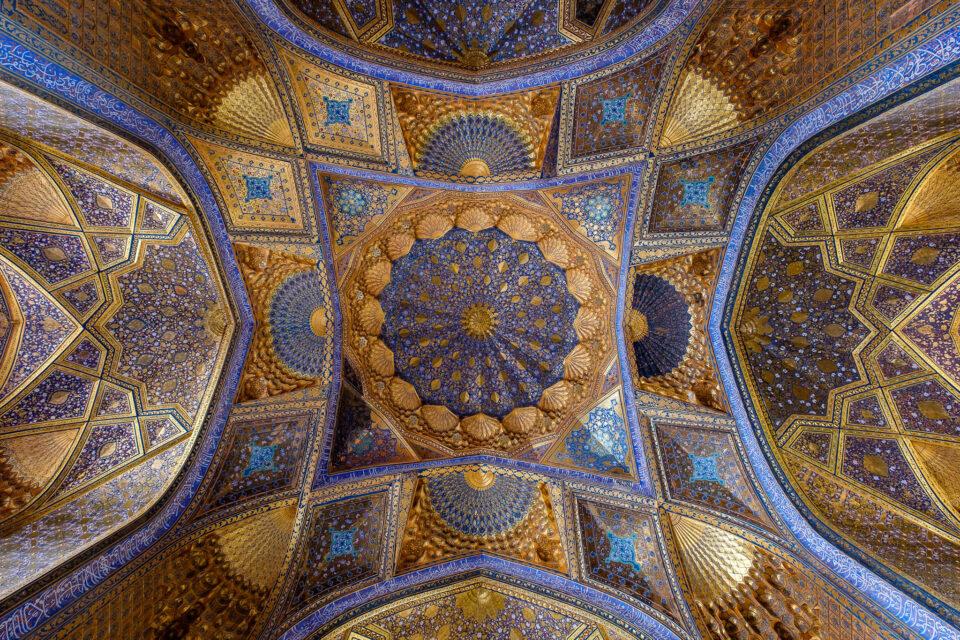Understanding Ultra-Wide Angle Lenses
An ultra-wide angle lens produces images with extremely wide angle of view. It is a popular choice among architecture and landscape photographers, because it can fit much of the foreground, as well as the surrounding elements in the photo.

Some of the ultra-wide angle lenses are of fisheye type, while others are rectilinear. In this article, we will go through both types and explain their differences.
Table of Contents
An ultra-wide angle lens is a lens that covers focal lengths shorter than 24mm in full-frame equivalent field of view. This includes both prime lenses, as well as zoom lenses.

For zoom lenses, if the wide-end of the focal range is below 24mm, it is considered to be an ultra-wide angle lens, even if its long end includes or exceeds 24mm. For example, both Nikon 14-24mm f/2.8G, as well as Nikon 16-35mm f/4G VR are ultra-wide angle lenses when mounted on a full-frame camera.
It is important to note that for a lens to be designated as an ultra-wide angle, both focal length and sensor size have to be taken into account.

This means that while a 20mm f/1.8 prime lens would be considered ultra-wide angle lens on a full-frame camera, it would no longer be considered as such on an APS-C sensor. This is due to 1.5x sensor cropping (also known as crop factor) that changes the field of view to roughly 30mm in full-frame equivalent. A similar 20mm lens mounted on a 1” sensor would fall into the “standard” range, with its equivalent FF field of view of 54mm.
Below is a table of different sensor sizes and focal lengths for ultra-wide angle lens designation:

Ultra-wide angle lenses are used by many different types of photographers, but they are arguably most popular among architecture and landscape photographers.
Architecture photographers use ultra-wide angle lenses to fit tall buildings into their frame. Real-estate photographers, in particular, often use ultra-wide angle lenses to photograph the interior.

Landscape photographers on the other hand, use ultra-wide angle lenses to exaggerate the relative size of foreground objects, while including vast landscapes in the background.
Other types of photographers also occasionally rely on ultra-wide angle lenses. For example, portrait photographers utilize ultra-wide angle lenses for photographing people in tight spaces, shooting environmental portraits and photographing very large groups of people.
In photography, depth of field is affected by a number of different variables such as aperture, focal length, camera to subject distance and sensor size. And without a doubt, focal length is one of the biggest factors that influences the size of depth of field.
An ultra-wide angle lens has an extremely short focal length, which results in large depth of field, even when using relatively large apertures. Since ultra-wide angle lenses can reach infinity focus at close distances, they are often preferable when wanting to make both foreground and background appear sharp in images.
In addition, one does not have to deal with diffraction issues related to using very small apertures. Once hyperfocal distance is established and focused on, even larger apertures like f/4 can make the whole scene appear sharp from front to back at moderate camera-to-subject distances when using ultra-wide angle lenses.
Since reciprocal rule is highly dependent on focal length, using ultra-wide angle lenses allow photographers to capture images at much slower shutter speeds. Take a look at the illustration below:
We can clearly see that shorter focal lengths reduce the potential for camera shake. Since ultra-wide angle lenses are so wide in field of view, the effect of camera shake is going to be least pronounced compared to lenses with longer focal lengths.
Ultra-wide angle lenses can be categorized into two different groups – fisheye and rectilinear.
Fisheye lenses are known for their curvilinear barrel distortion, which makes the image appear very distorted and straight lines can also appear curved.
Many fisheye lenses are designed to capture extremely wide field of view that often exceeds 180 degrees. Images from circular fisheye lenses literally look circular, as shown below:
Rectilinear lenses, on the other hand, are designed to make straight lines appear straight in the resulting images, as illustrated below:
Rectilinear lenses are designed to correct extreme barrel distortion, so they are typically more complex in their design compared to fisheye lenses.
Distortion from curvilinear lenses can be corrected in post-processing, with some loss of resolution and tighter framing. To avoid these issues, architectural photographers often choose rectilinear lenses instead of their fisheye counterparts.
It is important to note that focal length does not denote whether a lens is curvilinear or rectilinear. However, optically correcting for barrel distortion gets more difficult with shorter focal lengths. This is why lenses with extremely wide angle of view such as the Nikon 8-15mm f/3.5-4.5E ED (see NikonUSA product page) are typically of fisheye, curvilinear type.
Some lens manufacturers like Venus Optics specialize on rectilinear lenses. For example, the Laowa 12mm f/2.8 Zero-D has “zero distortion” in its name, so it is designed to be rectilinear, despite having such a wide angle of view of 12mm on full-frame cameras.
While ultra-wide angle lenses have many benefits, one of their biggest drawbacks has to do with the use of lens filters. Due to the fact that most ultra-wide angle lenses have big, bulbous front elements and built-in petal-shaped hoods, it is impossible to use standard filters such as ND and polarizing filter.
The solution is to use third party attachments and large filters, which can be expensive, time consuming to set up and bulky to travel with.
Some lens manufacturers have been able to design lenses with less bulky front filters and built-in filter threads. However, such designs are often rare, costly and might require a lens mount with very short flange distance.
For example, the Nikon Z 14-30mm f/4 S is an ultra-wide angle lens that accepts 82mm filters, making it possible to use it with polarizing, ND and other filters. However, this lens was specifically designed for the Nikon Z mount, which has a flange distance of 16mm – the shortest among all camera systems.
It is important to note that one has to be careful when using polarizing filters with ultra-wide angle lenses. Since the sky takes up a large portion of the frame, a polarizing filter can make the sky appear very uneven, as shown in the below image:
One of the biggest mistakes many beginner photographers make when using ultra-wide angle lenses, is compose images like they do with their normal lenses. This often results in a lot of negative space, with too much sky and empty foreground. The main subject of the scene, as well as its surroundings in the distance end up looking insignificant, because ultra-wide angle lenses make them look very small.
So how does one get around this problem? Since ultra-wide angle lenses exaggerate the size of foreground objects relative to the background, they are best used at close proximity to the primary subject. The point is to highlight the subject, making it appear proportionally larger than its surroundings or the background.
This makes ultra-wide angle lenses quite powerful, as photographers can choose a small subject like a rock or a flower, and make it look much larger than everything else in the scene.
In order to reduce the amount of space taken up by the sky, one can tilt the camera down, which highlights the foreground area even more (note that I intentionally did this in many of the images presented in this article).
Below is a small collection of frequently-asked questions related to ultra-wide angle lenses.
An ultra-wide angle lens can be used for many different types of photography, such as architecture, landscape and environmental portraiture.
The number of ultra-wide angle lenses available today for different systems is quite vast, so it is impossible to pin-point the single best lens. Also, there are several types of ultra-wide angle lenses, with different optical designs and focal lengths. Here are some of our top recommended ultra-wide angle lenses for different camera systems:Nikon F: 14-24mm f/2.8G and 16-35mm f/4G ED VRNikon Z: Z 14-30mm f/4 SCanon EF: EF 11-24mm f/4L USM and EF 16-35mm f/2.8L III USMSony FE: FE 12-24mm f/4 G and FE 16-35mm f/2.8 GMFujifilm X: XF 8-16mm f/2.8 R LM WR and XF 10-24mm f/4 R OIS
Yes, ultra-wide angle lenses are particularly good for astrophotography. Such lenses as the Nikon 14-24mm f/2.8G and Nikon 20mm f/1.8G are often used by astrophotographers to photograph the night sky. Here is an example of a photograph of the Milky Way, captured with the Nikon 20mm f/1.8G lens:
Designing and manufacturing ultra-wide angle lenses is not easy. Many high-performance ultra-wide angle lenses have complex optical designs that utilize aspherical lens elements, which are expensive to make.
